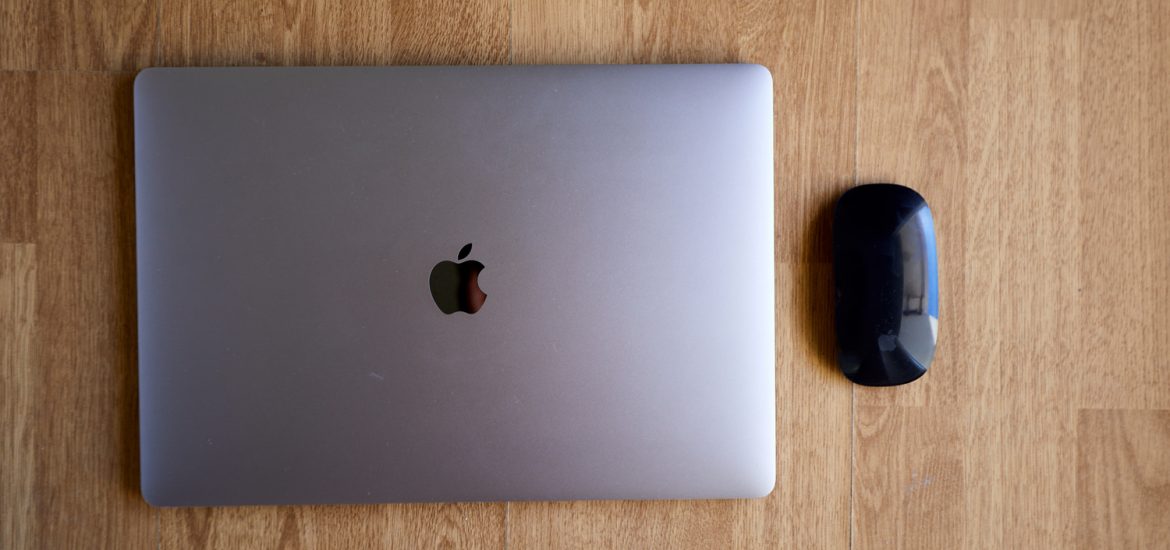As a professional fashion photographer, I rely on a myriad of different equipment to enable me to create my work. Anything from a light to a super-clamp is useful at some point. However, what gear is always with me? Hint: the camera is not item one.
Let me explain my workflow first. As a fashion photographer, I often shoot in studio and on location with a decent crew on set. Anyone from first to third assistants helps me with everything, including gear. When it comes to cameras and lenses, I own and use my own equipment for most work, but that doesn’t mean I never rent one in for the day. When traveling for an assignment, it often becomes cheaper to rent in grip, lights, and tripods. The same applies to backdrops, v-flats, and other bits and bobs. Overall, as far as gear goes, my shoots are always a mix of rented and owned gear. However, with that said, there is gear I think every photographer should have in their camera bag at all times.
1. 15” 2019 MacBook Pro and Apple Mouse
This is the base of all operations. I practically live off the Apple MacBook 15″ (superseded by 16″ model) and the Apple Mouse. Anything from this exact article to my portfolio book is stored on it. It comes on every trip and every shoot. This is the machine I tether my shoots to. USB-C ports allow for fast file transfer: something paramount with 50-megapixel photos. The 15” screen is large enough to be used as the backbone of a tethering station, and should I need to go bigger, I can connect a monitor using the USB-C port. When at the office, I connect this laptop to a large monitor and use it as a sort of PC. This is comfortable, as my workflow is the same no matter the situation. I personally dislike having an office computer such as the Mac Mini, as I often end up sorting work on the plane or train. One drawback of this particular computer is the lack of ports. Six USB-C ports would be much better.
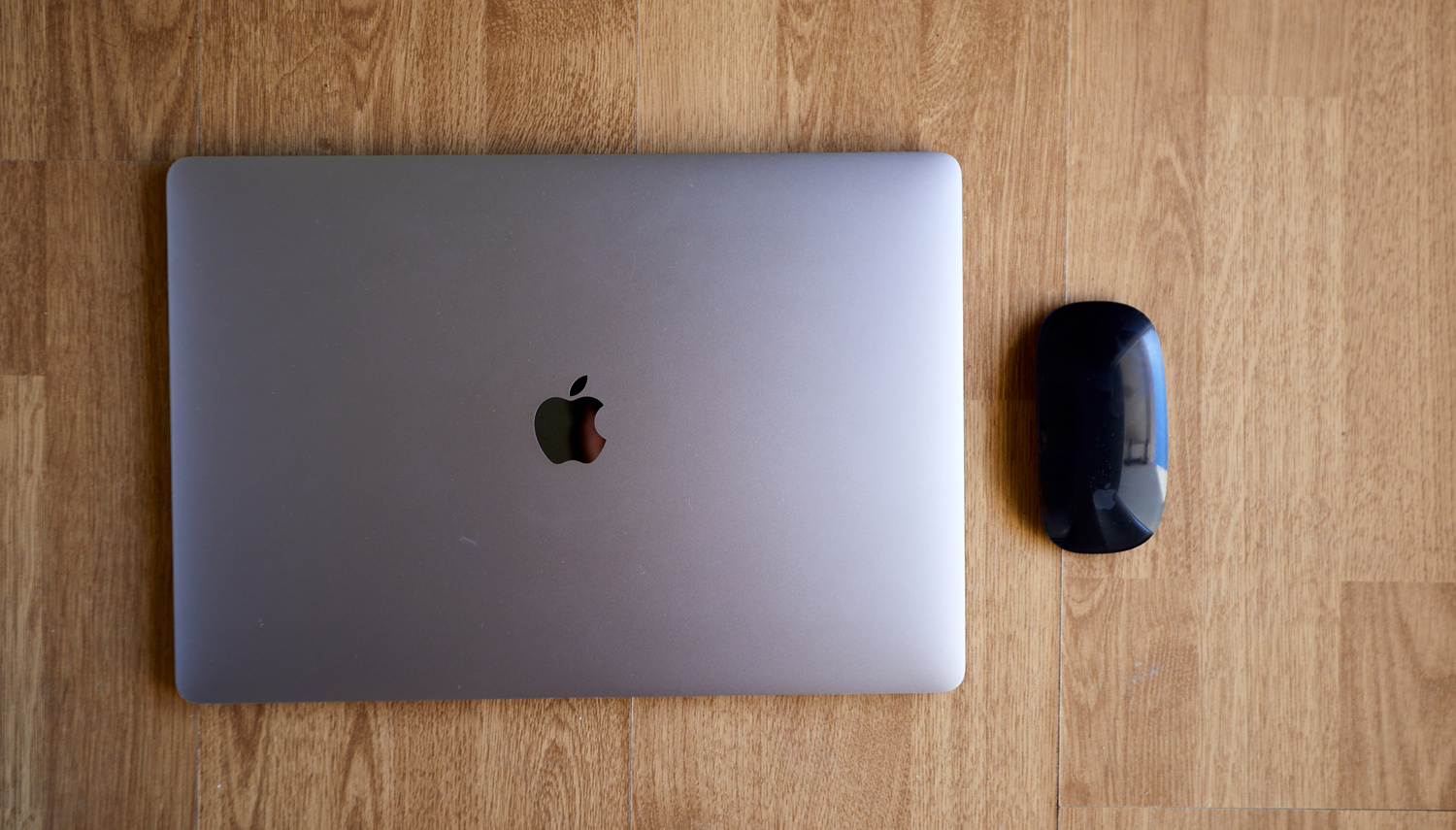
2. LaCie Rugged 4 TB Drive
These are probably the best hard drives I’ve ever owned in the past three years. Previously, I used a different brand; however, there were problems with one of them crashing after a minor fall. My frustration was amplified by the fact that I only used it for a few months. So far, the LaCie 4 TB rugged drive has stored my work securely and without fault. Although these are not archive drives, only “shoot” drives, I use them for tethering and on-site backup. Although these are not as fast as an SSD, they still do a decent job. I have no problem with editing from these drives when I’m traveling. I found that 4 TB is the perfect size for drives. As far as stills go, it can store around a year’s worth of work (unless you’re working on a 5DS).
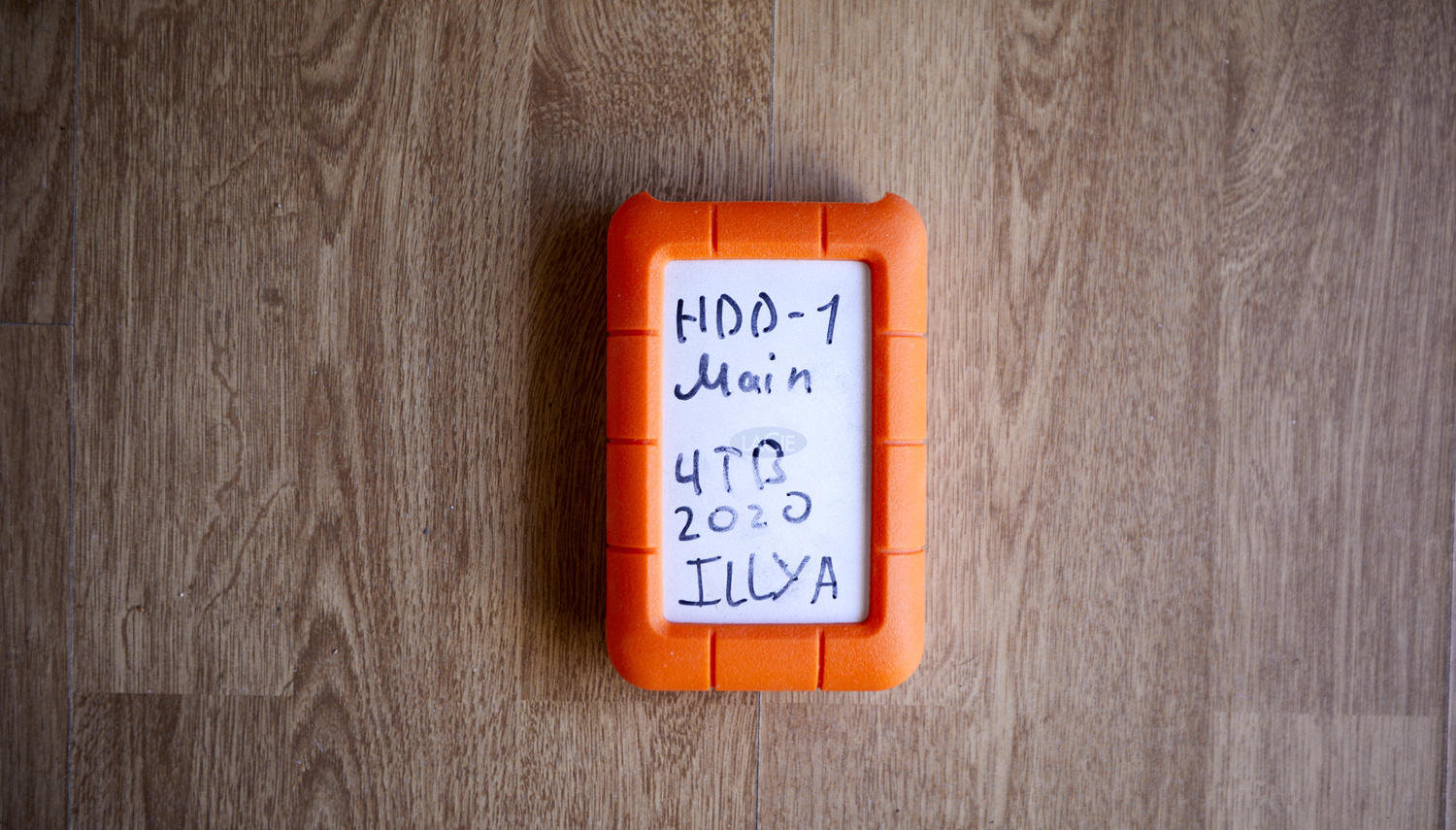
3. SD Cards
This is a backup option. I use a SanDisk 128 GB. The last time I shot on an SD card was when I went on holiday or did a BTS of my shoots. As a fashion photographer, my work is a giant team effort, so it is only polite to tether so that everyone can see what’s going on. However, since I am not fully redundant in my setup, as I don’t bring two laptops on set, I take SD cards to cover for the unlikely event that a laptop fails. While it will be much more uncomfortable for everyone around, the key task of still captures can still be done. That said, I take two for each camera I have. It is strongly suggested to own a camera with dual card slots to make sure that the images are securely backed up on two physically separate media.
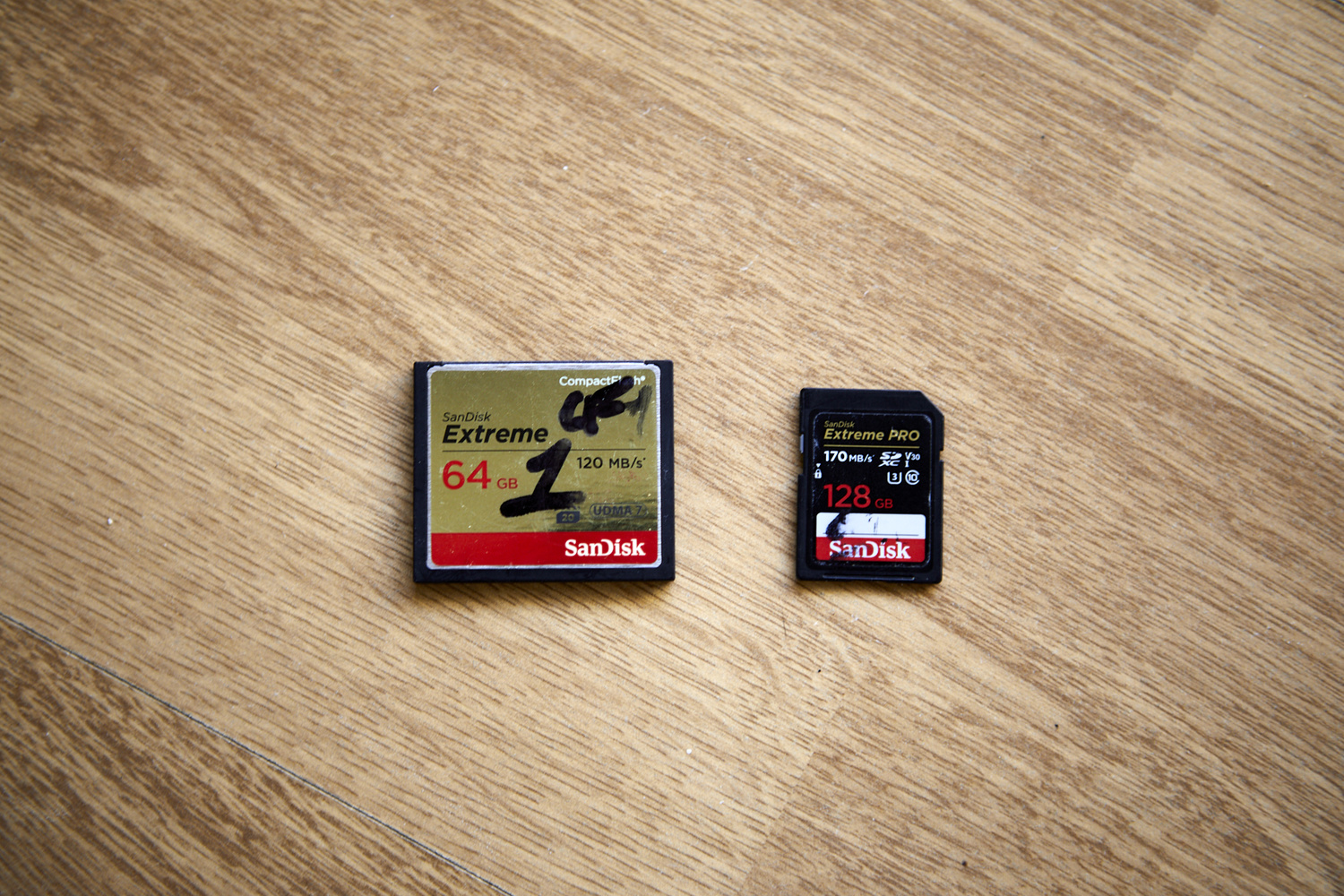
4. Canon 5D Mark IV
I have a strange relationship with the Canon 5D Mark IV. On one hand, it is my main workhorse that I use to shoot a large portion of my work, but on the other hand, it is inferior to the 5DS. The reason I work a lot with the 5D Mark IV is because of its versatility. It is a great stills camera that delivers images for most applications, and if I need to do a video, it can do that too. 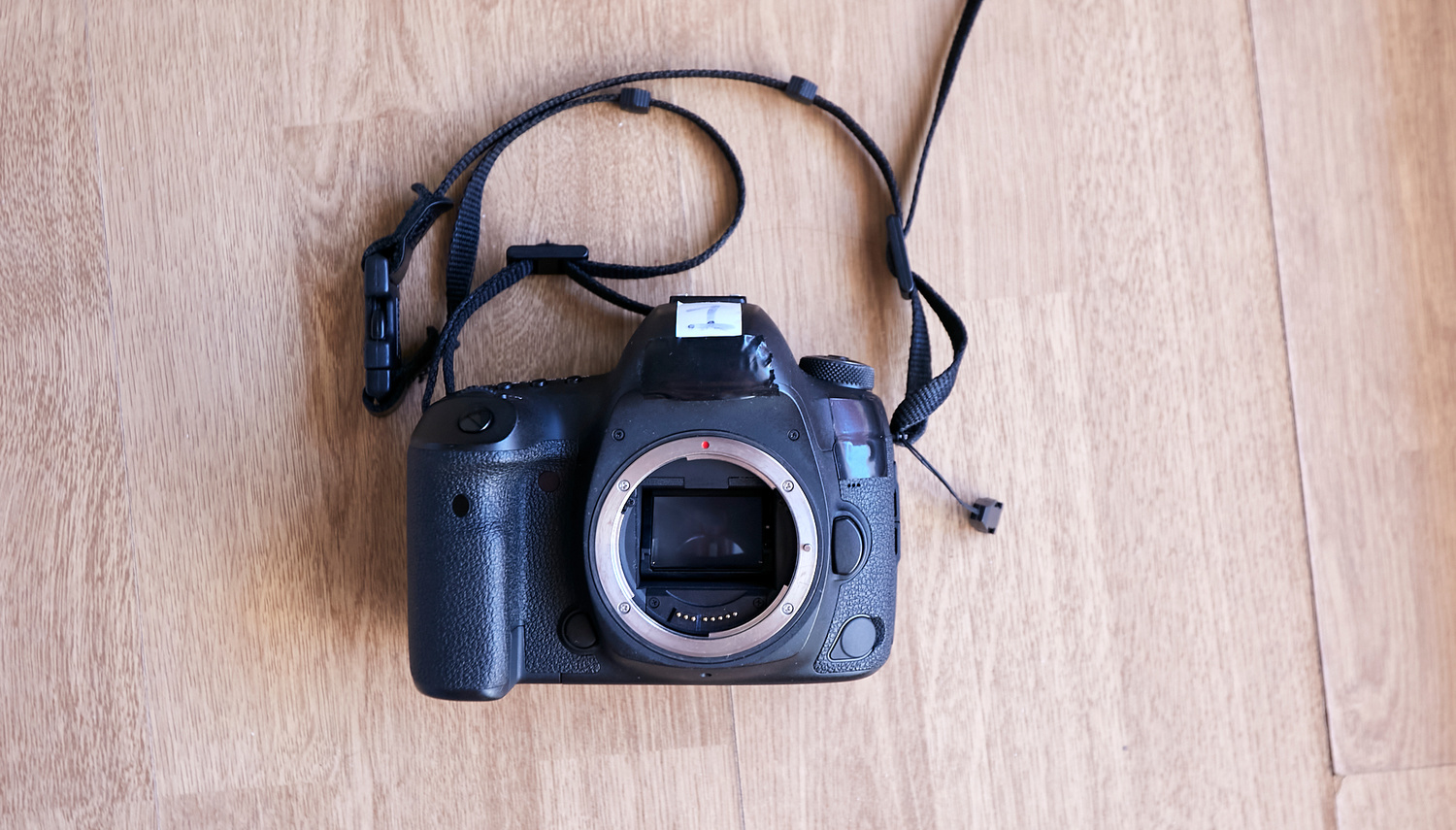
5. Canon 5Ds
This is the DSLR I bought in 2021. In short, the Canon 5DS (on sale for $1,499 now) offers the best image quality in the Canon DSLR ecosystem. Anything better is a medium format system, which is a different league altogether. The files allow me to crop in as much as I need or produce images with uncompromising detail. This is the camera primarily used on commercial jobs or any other assignments with high importance. 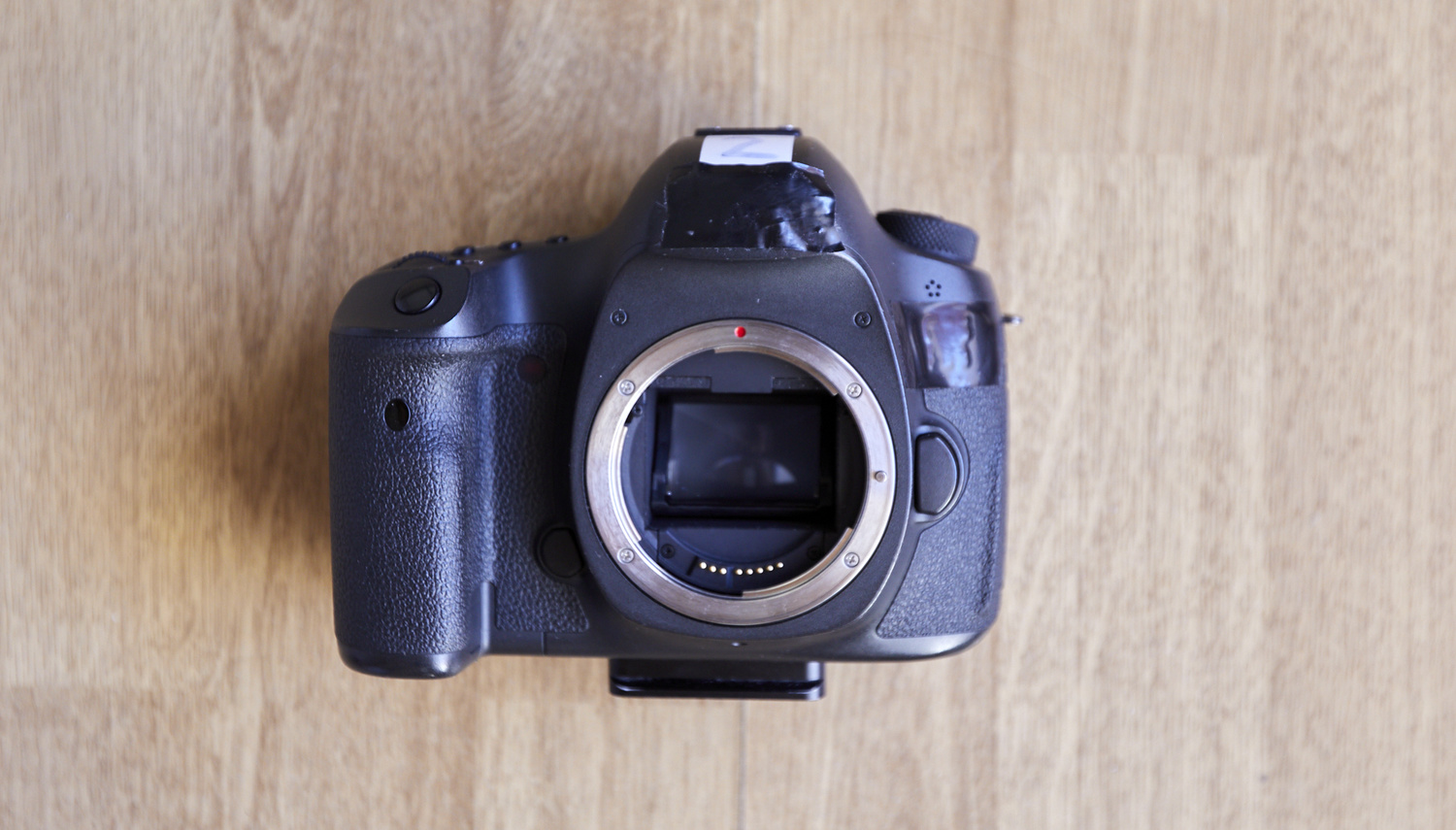
6. A 24-70mm f/2.8 Lens
I like to say that this is the most boring lens I own. And it is, so much so that when I first got it, I questioned where exactly my money went, as it didn’t give anything special in terms of focal length or background blur. However, much of my portfolio is done with the Canon 24-70mm f/2.8. Oddly enough, in the 45-55mm range. If I take one lens, it is this one. I can get fairly close with it to do beauty and fairly wide for more environmental and full body shots. It is also fairly compact for what it offers. I must confess, I am investigating I can replace the 24-70mm f/2.8 with a 50mm f/1.2. 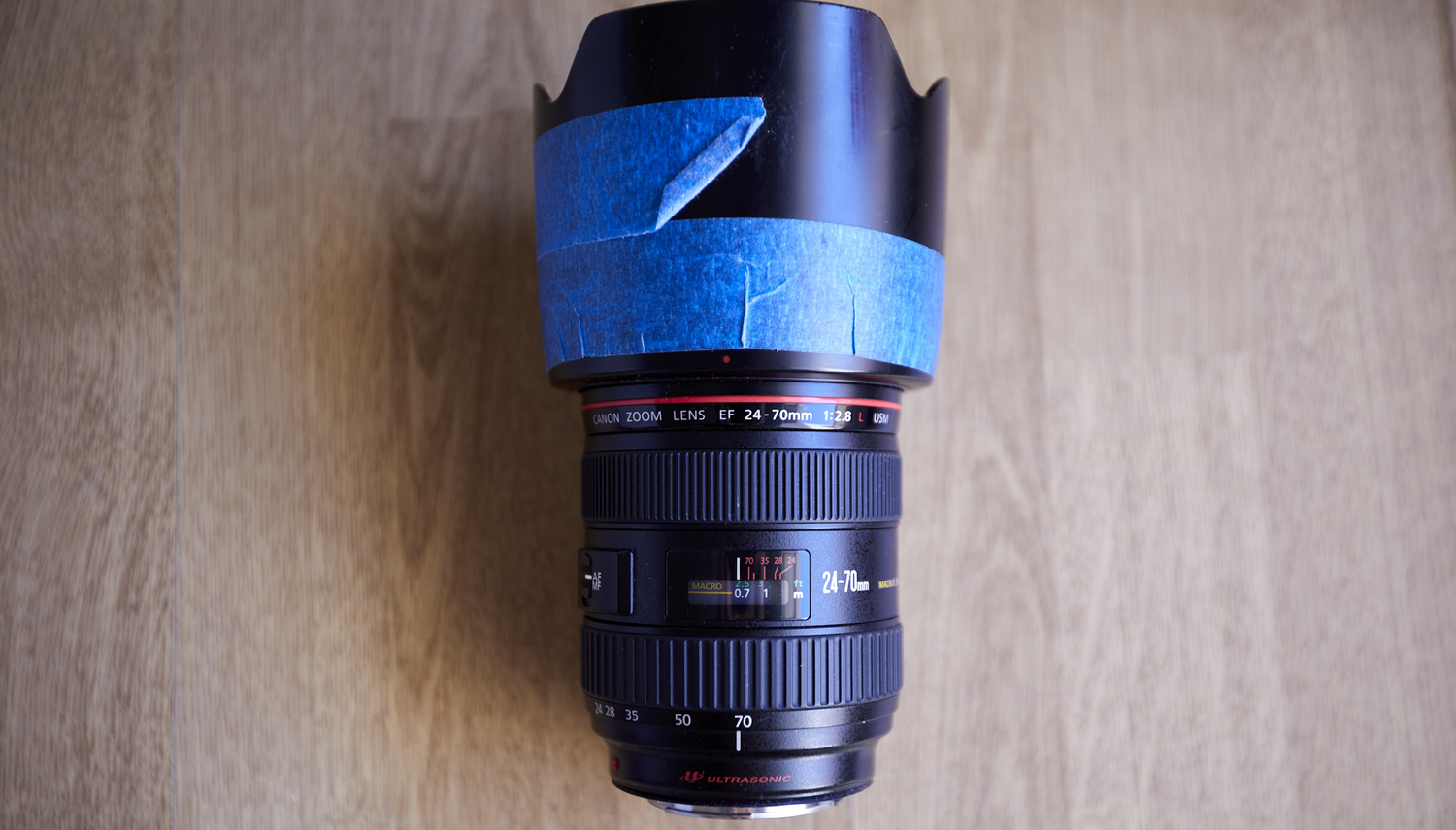
Closing Thoughts
This is just some of the equipment that I use to create images. Besides, there is a lot more to being a fashion photographer than just owning lots of kit. Knowing fashion history, material characteristics, and how they interact with light is crucial to being a successful fashion photographer. Gear makes images possible, but it doesn’t define the end result. A Gucci logo doesn’t make a boring white shirt more fashionable; it’s still a boring white shirt. Applied to photography, even if you say shot with “expensive camera” under a boring picture, it’s still a boring picture. Putting yourself to work, educating yourself, and always upgrading your knowledge as a professional photographer is what will lead to progress and career boosts.
